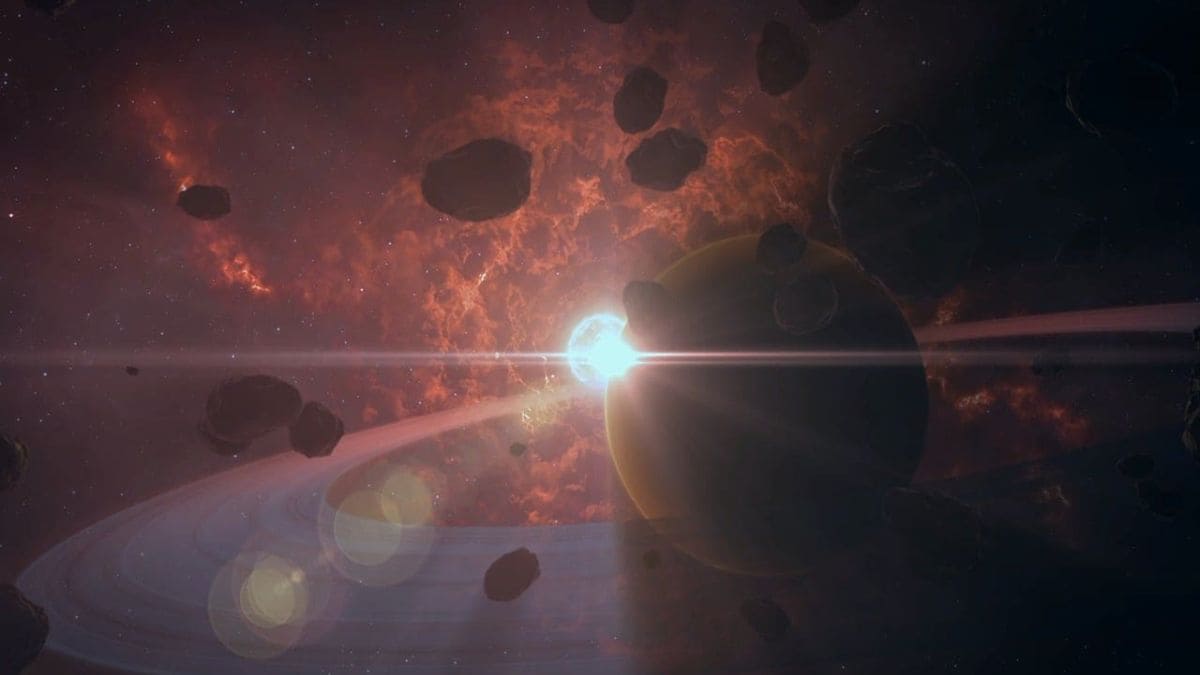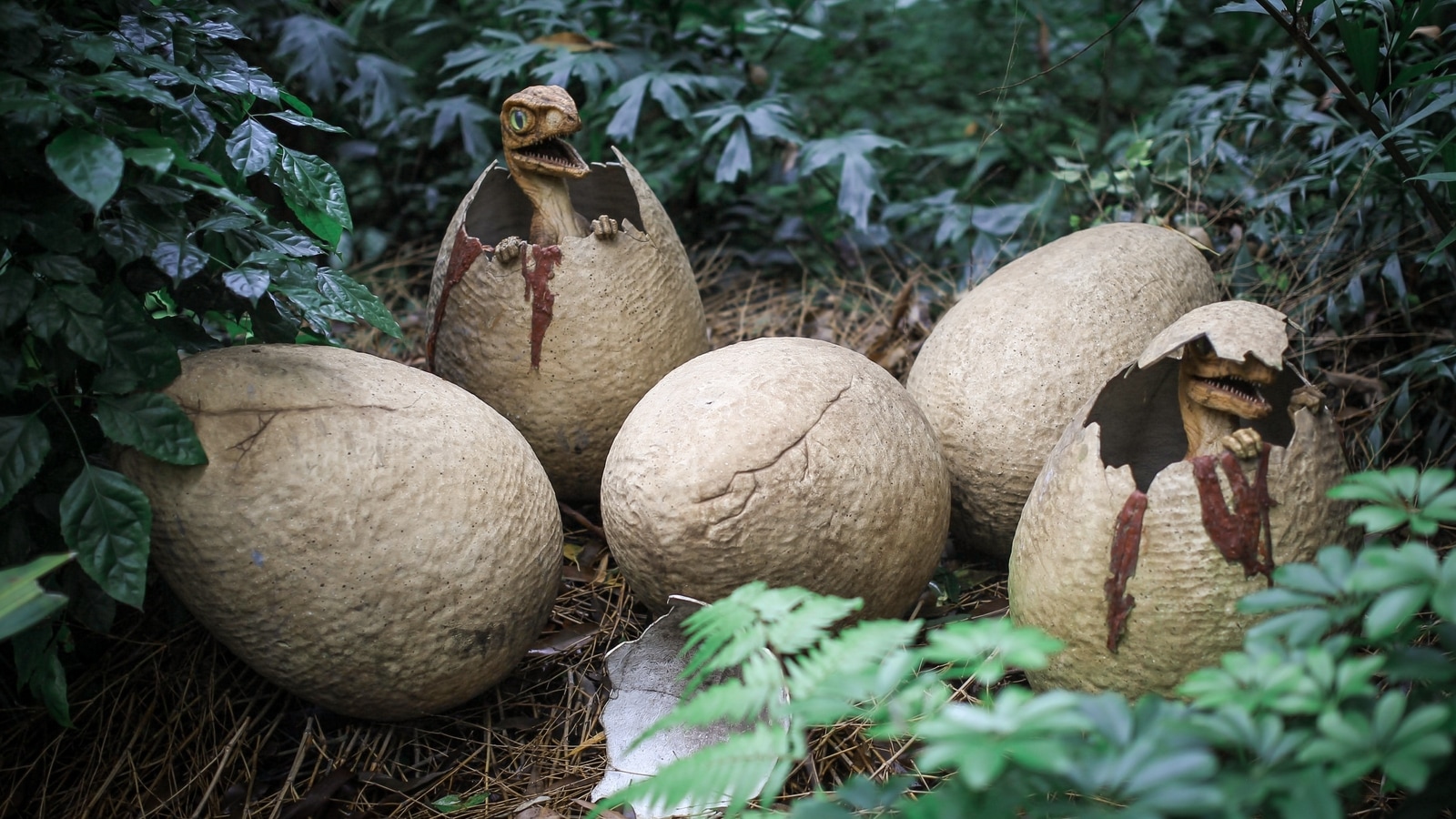Killer Asteroid strike: Miraculously, these 'dinosaurs' escaped mass extinction
Ancient amber reveals secret of survival by birds after asteroid strike.






 View all Images
View all ImagesBirds are the only dinosaur group that survived the terrible asteroid strike that caused the mass extinction of dinosaurs some 66 million years ago. Scientists have been puzzled for years about why birds, descendants of dinosaurs, survived while most others did not, including the fearsome giants that we know all about, Interesting Engineering reports. Now, two new studies have focused on one possible answer: molting.
The importance of molting as survival mechanism after asteroid strike
Molting is when birds shed old feathers and grow new ones. Feathers are made of a protein called keratin, which is the same stuff that makes up human hair and nails. Feathers are important for birds because they help them fly, swim, attract mates, stay warm, and protect their skin from the sun.
Feathers are complex structures that can't be fixed, so birds molt to replace old feathers. Modern birds molt once a year, replacing a few feathers at a time over a few weeks. This way, they can still fly while molting. Some other bird species, like ducks, lose all their feathers at once and grow new ones quickly, but this is rare.
Amber unveils ancient molting secret
Researchers have been studying molting in ancient birds using fossils trapped in 99-million-year-old amber. They found preserved baby bird feathers in the amber, which provided the first solid evidence of juvenile molting. The feathers had a strange combination of characteristics not seen in any living baby bird species. The feathers all started growing at the same time, which is unusual.
The researchers believe the feathers belonged to a group of birds called Enantiornithines, which are now extinct. These birds had a mix of traits. Some newborn birds, known as Altricial birds, hatch without feathers and need a lot of care from their parents. Others, called Precocial species, are born with feathers and can grow up on their own. But all baby birds go through molting, which requires a lot of energy.
The Enantiornithines were not able to survive the mass extinction caused by the asteroid strike. The baby bird feathers found in the amber suggest that they were in the middle of molting when the asteroid hit. The impact caused temperatures to drop and resources to become scarce. The Enantiornithines couldn't keep warm and didn't have enough resources to survive. They eventually went extinct.
However, some bird ancestors that molted once a year may have been able to survive the asteroid strike. This opened the way for the evolution of the birds we see today, such as robins and pigeons. Molting may have played a crucial role in their survival during the mass extinction event.
Catch all the Latest Tech News, Mobile News, Laptop News, Gaming news, Wearables News , How To News, also keep up with us on Whatsapp channel,Twitter, Facebook, Google News, and Instagram. For our latest videos, subscribe to our YouTube channel.






























